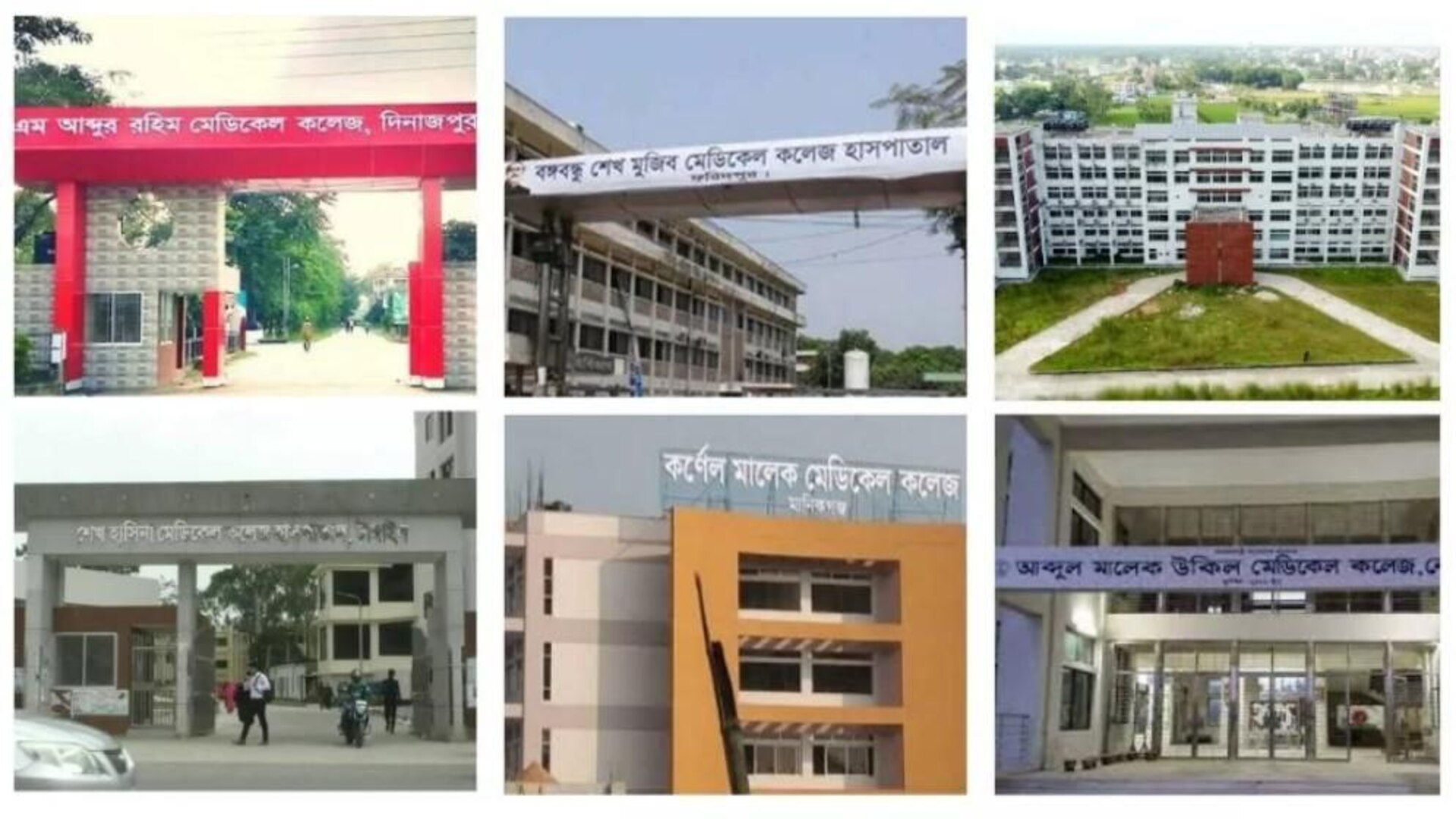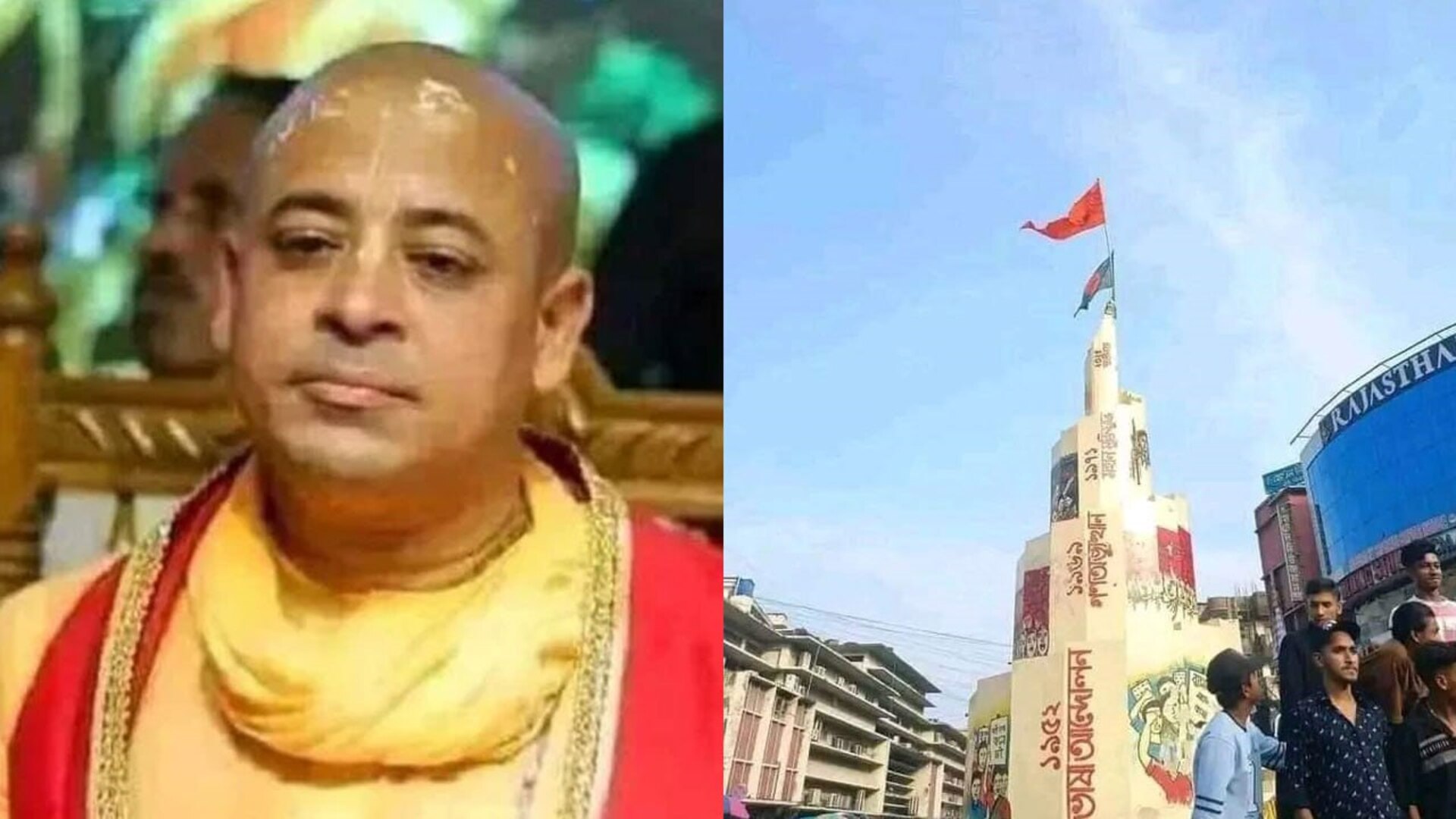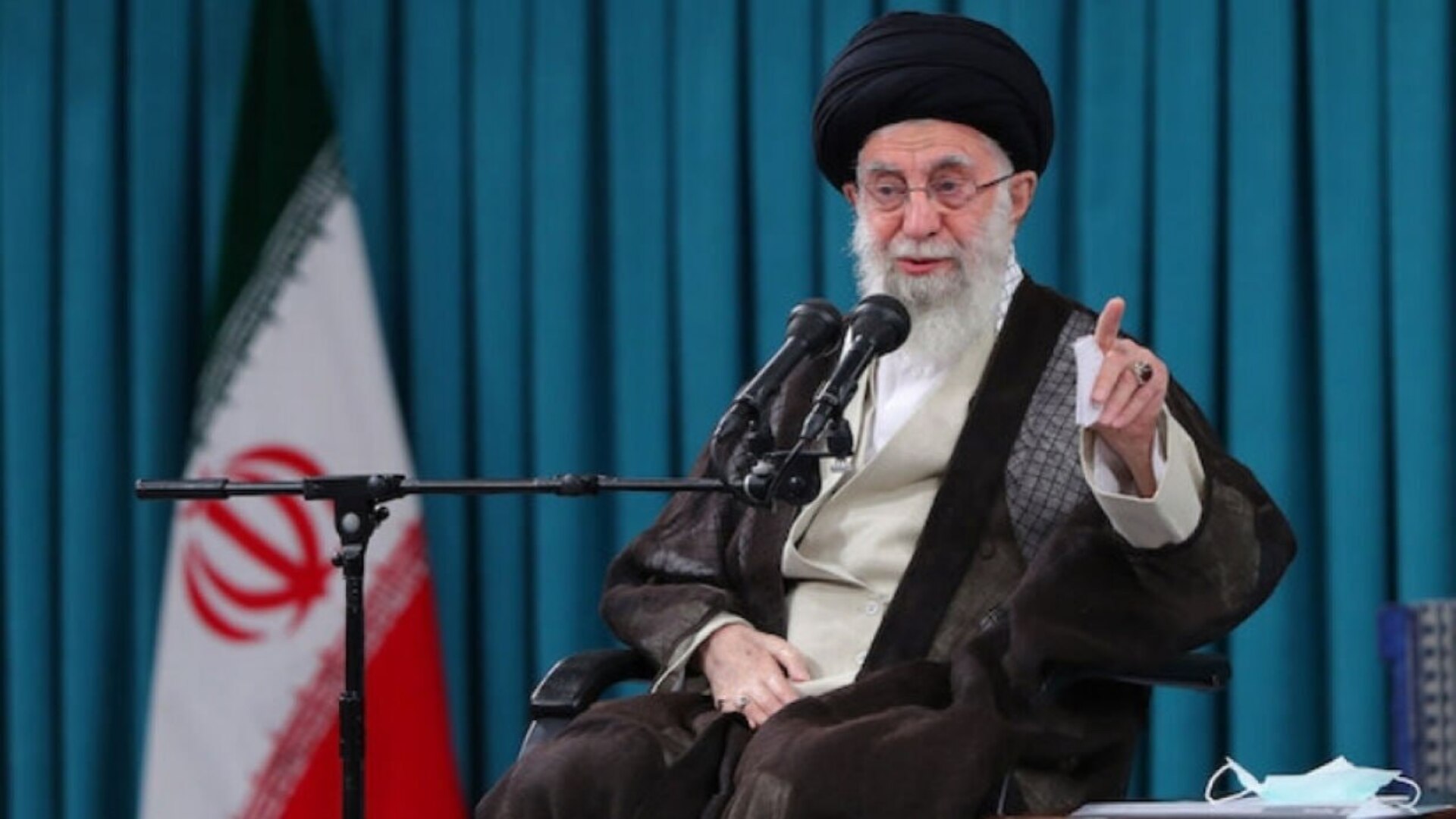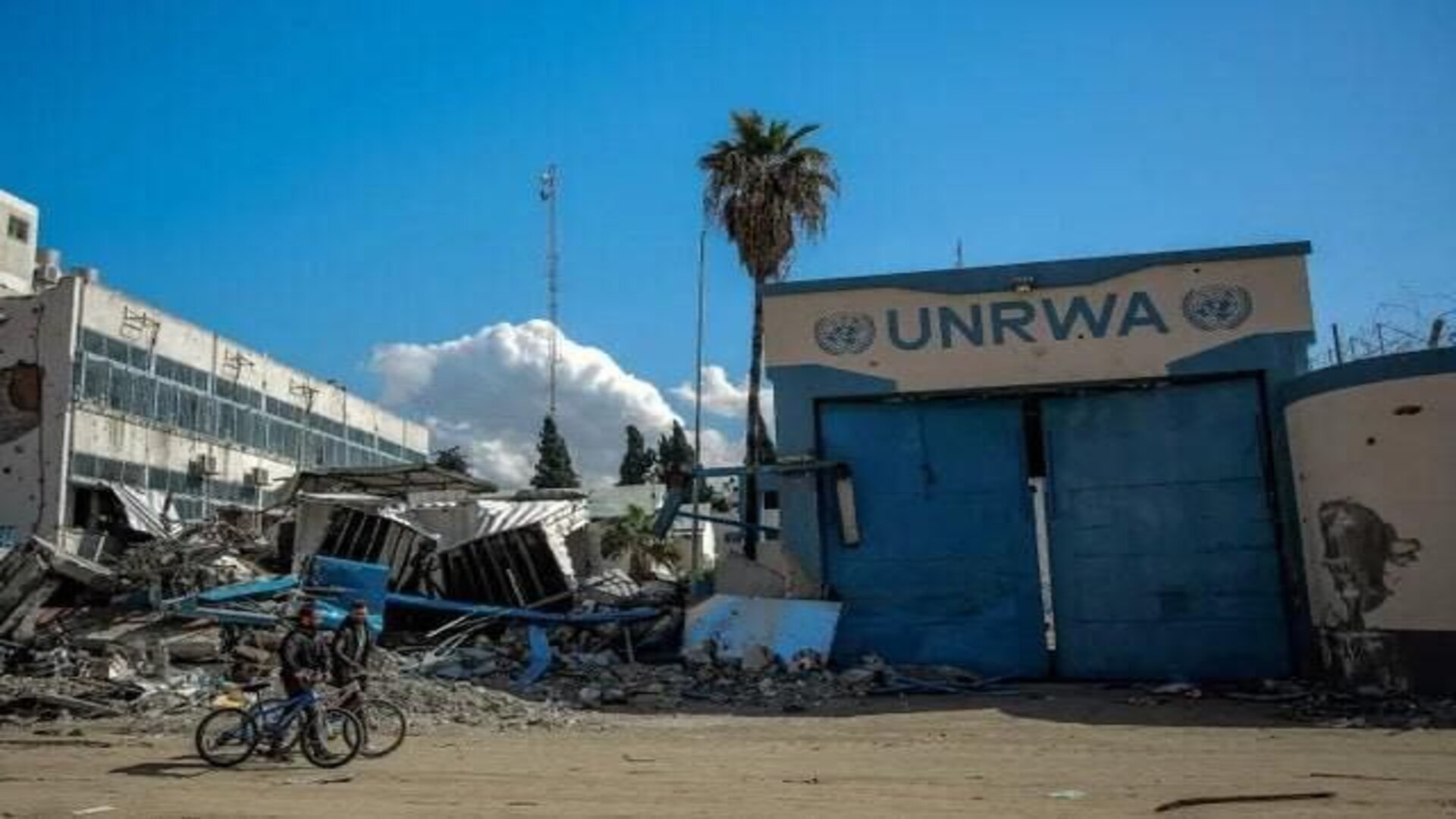
The capital city of Dhaka was long believed to be around 400 years old. However, new findings are set to rewrite that history. During archaeological excavations at the former central jail site on Nazimuddin Road in Old Dhaka, artifacts and the remains of an ancient fortress have emerged, suggesting that a grand palace-fort was established here as early as 1430. This discovery indicates that Dhaka was a flourishing city even then.
The excavation has uncovered artifacts that hint at human settlement in Dhaka dating back even further, potentially as early as the fifth to second century BCE—placing the city’s history at over two and a half millennia.
On Tuesday, October 29, during a discussion titled “Archaeological Excavations at the Central Jail in Old Dhaka: An Analysis of Dhaka’s Origins” at the Asiatic Society auditorium, Professor Sufi Mostafizur Rahman, head of the excavation team and professor of archaeology at Jahangirnagar University, revealed these startling findings.
Professor Rahman shared that his team, composed of researchers and students from Jahangirnagar University, conducted archaeological work at the old central jail from 2017 to 2018. They excavated 11 sites across five key locations: the area in front of the main gate, the courtyard of the Rajanigandha building, in front of the prison hospital, the Ten Cells, and the western area of the Jamuna building. During the excavation, they uncovered walls, rooms, drains, and wells from an ancient fort. Additionally, they found various artifacts, including cowries, metal coins from the Mughal era, pottery, and terracotta sculptures.

 Reporter Name
Reporter Name 









